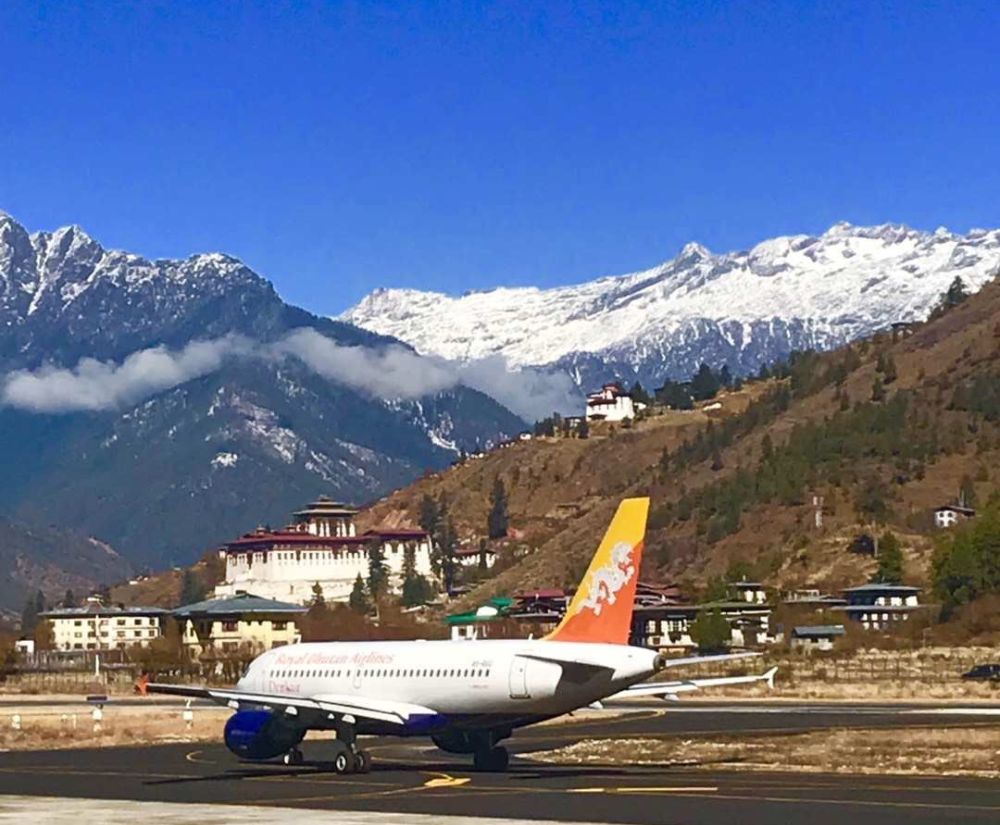Read Blog Things to Know before Planning to Visit Bhutan
- Home
- Blog COntent
Where is Bhutan? Things to Know before Planning to Visit Bhutan.
Bhutan is an ideal destination, For travelers craving unspoiled nature, a less-crowded destination and to escape from life’s hustles. The country prioritizes “Gross National Happiness” philosophy rather than gross domestic product. This means the Last Shangri-La. Bhutan has strict rules in place to preserve its identity and its tranquility.While this approach was easy to maintain during the worst of the coronavirus pandemic, when Bhutan decided to fully close its borders to foreigners, after nearly two years, the country started welcoming visitors again Sept. 23, 2022. But with that reopening came an overhauled set of tourism rules.If you want to have a memorable trip to this picturesque destination, here’s everything to keep top of mind when planning a trip to Bhutan,

Get a visa:
- Things to Know before Planning to Visit Bhutan, All visitors to Bhutan require a visa, which can only be obtained through a licensed Bhutanese tour operator or travel agent.
- Before 2022, the visa used to cost $250 per day per person, but it included your tour, accommodation, food, and transportation. Out of the total daily fee, $65 went to a Sustainable Development Fee (SDF).
- Now, Bhutan has restructured its visa cost in a controversial move that removes the mandatory tours and their associated cost from the visa, but the SDF increased to $200 per day per person.
How to Get There:
- Most tourists will arrive by air to Paro, Bhutan on one of two airlines: Drukair and Bhutan Airlines. There are currently flights from the following locations: Delhi, Bangkok, Kolkata, Bagdogra, Bodh Gaya, Dhaka, Kathmandu, Guwahati, Singapore and Mumbai.
- There are only three land border areas open to tourists: Phuentsholing, which is 6 hours away from Thimphu, Gelephu, which is 10 hours away from Thimphu and Samdrup Jonghkhar, which is 3 days away from Thimphu.
When to go
- The best times to visit the mountainous part of Bhutan are spring and autumn, and particularly the two periods of March-April and mid-October to mid-November.
During the summer, the rains can make the roads muddy, so travelling can be difficult, in addition, clouds can hide the mountain peaks.
In winter, the weather is generally good, but it’s cold in the mountains, in addition, snow can fall at high altitudes, and it can also block some passes.

Taking Photographs
- Bhutan is a stunning place to photograph and while smartphones take wonderful pictures, I recommend bringing along a real camera.
- Keep in mind that photography is not allowed inside most monasteries and temples. Your Guide will always advise you.
What to pack
- mn clothes (light for the day), a jacket and a sweater for the evening. For Punakha and around 1,500 meters (5,000 feet), bring spring/autumn clothes for the day, warm for the evening, a jacket, a hat, a scarf, sunglasses, sunscreen. For Thimphu and above 2,000 meters (6,500 feet), warm clothes for the evening, but during the day, a fleece and a light jacket may be sufficient; hiking shoes. At higher altitudes, cold weather clothing, synthetic, thermal long underwear, a fleece, a parka, a wind jacket, warm boots.
In summer: for the plain, bring lightweight clothing of natural fibers, a light raincoat or umbrella. For Punakha and around 1,500 meters (5,000 feet), light clothing, a sweatshirt for the evening, a raincoat or umbrella. For Thimphu and above 2,000 meters (6,500 feet), spring/autumn clothes (light for the day), a sweater and a jacket for the evening. At higher altitudes, a warm jacket, a down jacket, a hat, gloves, a scarf. A sleeping bag and a warm jacket for outdoor overnight stays.

DRESS CODE
- Dzongs are some of the most impressive buildings in Bhutan, and you shouldn’t miss seeing them. A Dzong is a traditional building with half a temple and half municipal offices. Basically, in Bhutan, there’s no separation of “church and state.”
- When visiting a Dzong or any monastery, make sure you are appropriately dressed; otherwise, you won’t be allowed in their interior spaces.
- Proper clothing consists of long pants and long sleeve shirts/t-shirts. Jeans are acceptable (as is casual clothing) as long as they cover your arms and legs. Closed shoes are also required.
- Should you have a jacket, you’re not supposed to wear it around your waist or have it unbuttoned or unzipped. You can’t wear caps or hats inside the monasteries, but having them in the courtyards and outdoor spaces is okay.
